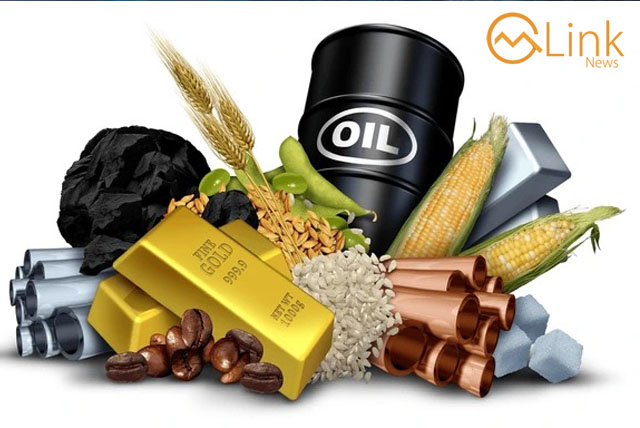March 11, 2021 (MLN): A few years back, the domestic hydrogen peroxide (H2O2) industry was in dire straits due to dumping from different regions & severe energy crises in the country. However, things started to change in recent years where the imposition of anti-dumping duties, currency devaluation, and availability of RLNG have successfully brought the sector on right track.
As nearly 80% of this market is consumed by the textile industry for bleaching purposes, especially by the manufacturers of bed sheets, towels, and other cotton-related sub-sectors, the domestic H2O2 market is expected to grow given the improved dynamics of the local textile industry as evident from increased textile exports, proposed textile policy coupled with multiple untapped industries which can drive H2O2 consumption, a report by Insight Securities said.
Hydrogen peroxide is a colorless liquid that is mainly used as a bleaching agent in different industries. Globally, hydrogen peroxide’s application stretches over multiple industries like pulp & paper, textile bleaching, water purification, home & personal care, agriculture, mining, cosmetics, electronic equipment, and many more.
According to the report, Pakistan’s total hydrogen peroxide consumption stands at around 60-65k tons per annum. Domestic production of H2O2 stands at around 54k tons while the rest of the demand is met through imports.
Apart from the textile sector, about 20% of the demand comes from the mining and food beverages sector. Beverages manufacturers, particularly those that use tetra packs, use hydrogen peroxide as a disinfectant. It is also part of cosmetics as a whitening agent.
The textile sector has made a quick rebound amid covid-19 after staying flat for the longest time mainly on the back of an increase in exports of home textiles (towels, bed linens etc.) as these products linked to hygiene. Currently, the government is heavily focusing on export-led, also, it is set to approve textile policy 2020-25, with an aim to achieve exports of $25 billion by 2025. This will significantly improve the overall demand for H2O2 in the country.
Basically, H2O2 is an import substitution industry, similar to the other sectors within the chemical industry. Therefore, local players enjoy protection in the form of custom and regulatory duties. Currently, the sector is protected by 11 percent domestic duty, 5 percent regulatory duty, and 2 percent additional customs duty. In addition to this, industry faced competition from the dumped products from different countries. This dumping was hurting the domestic industry in the form of lower prices & loss of market share which eventually dents the profitability of the industry. To counter this, local manufacturers approached National Tariff Commission with their application, NTC reviewed the market situation and imposed anti-dumping duty on the import of H2O2 from a few countries or destinations.
Presently, the local market of hydrogen peroxide is duopolistic with Descon Oxychem Limited (DOL) holding about 50 percent of the share and Sitara Peroxide Limited (SPL) having approximately 35 percent of the market. While the rest of the demand is catered through imports.
Both market players, DOL and SPL have announced their capacity expansion plans in 2018. DOL has successfully achieved COD of its new plants which have increased the company’s production capacity by around 25%. While SPL’s capacity expansion project is underway as cashflow constraints and COVID-19, delayed the expansion plan. In addition to this, EPCL is also entering the H2O2 market with an estimated capacity of 28k tons. As per the report, when once these capacities will come online, then it might result in an excess supply of the product. However, local manufacturers can export excess quantities of H2O2.
Also, DOL is actively exploring new avenues to expand the market for hydrogen peroxide. The company currently caters to 85%-90% in the food and beverage segment. Recently, one of the textile manufacturers of the north region has set up water treatment. This water treatment plant requires 600-700 tons of hydrogen peroxide. As per the report, it is expected that other textile players will also set up their water treatment plants, which will result in additional demand for H2O2.
H2O2 can be used in multiple industries, globally the paper & pulp segment is the largest consumer of H2O2. In addition, it can also be used in the cosmetics, livestock, and agriculture sector. The demand from these potential markets stands at 15-18k per annum. Recently, DOL and SPL both launched disinfectant & surface cleaners made out of H2O2 to cater the growing demand for sanitizers and cleaners during COVID-19. Going forward, it is predicted that the untapped segments will provide space to further grow domestic H2O2 demand, the report cited.
Copyright Mettis Link News
40184







